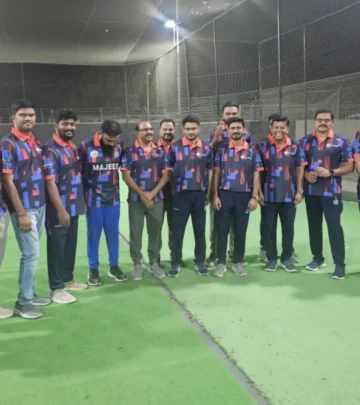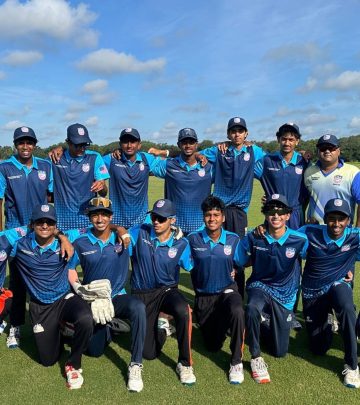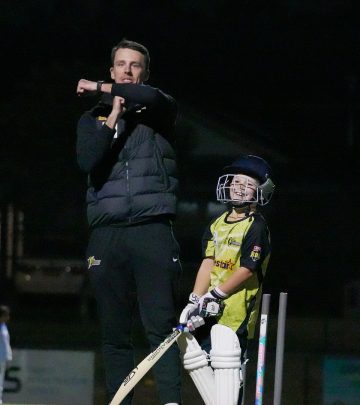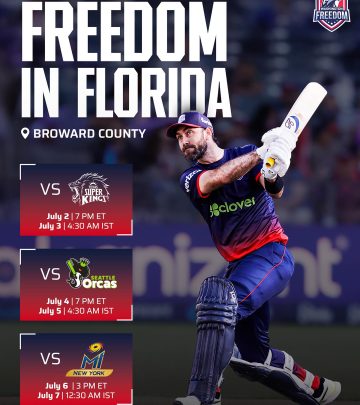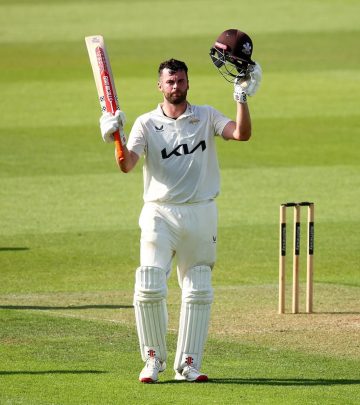Data Driven Bowling Load Approach
PaceLab’s system delivers custom workload plans and free AREG App access for fast bowlers!
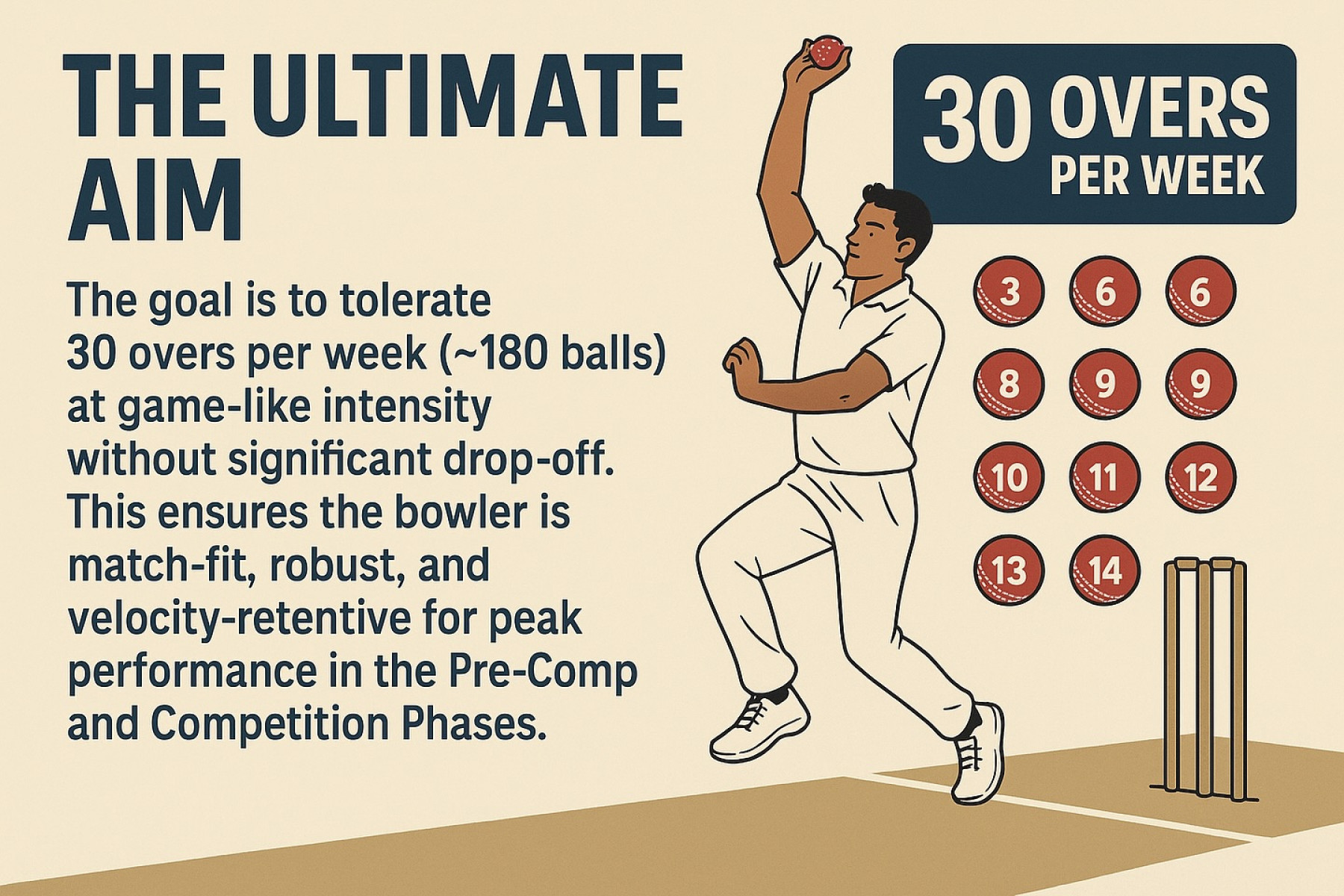
Image: Instagram
Fast bowlers looking to optimize their performance now have a data-driven blueprint to guide them. PaceLab Limited has unveiled a structured workload management approach that simulates match conditions while intensifying training sessions. According to the program details provided by PaceLab, the aim is to maintain game-like intensity over 30 overs a week (approximately 180 balls), ensuring bowlers remain match-fit, robust, and maintain velocity throughout the season.
The Ultimate Aim
At the heart of the system is a staircase-like progression. The approach starts with a 60-ball baseline designed for groove development and minor corrective adjustments. It then advances into an 80–100 ball zone—an interval that emphasizes frequency and rhythm and introduces fatigue layering. As training continues into the 120+ ball zone, bowlers experience exposure to match fatigue. The full target of 180 balls simulates competition intensity by combining both volume and speed tolerance. This progressive strategy enables bowlers to build endurance gradually while fine-tuning their technique under varying levels of exertion.
Steffan Jones, whose fast bowling membership has become synonymous with innovative training solutions, is now integrating this methodology into his elite membership program. Fans of fast bowling will be pleased to know that all new members will receive free access to a periodised planning tool via the upcoming AREG App. The app, designed to automatically regulate exercise and recovery, responds in real time to each bowler’s readiness, fatigue levels, and performance metrics. It represents a significant shift from conventional methods of counting balls to a more nuanced, feedback-driven model.
Staircase Approach To Workload Management
The strategy is built on solid data principles. In a detailed caption, PaceLab explained that the 60-ball baseline is intended for establishing a movement groove and refining key attractors—that is, the aspects of performance that draw the bowler’s focus. As the ball count increases to the 80–100 range, the focus shifts to building frequency and regulating rhythm while introducing controlled fatigue. Reaching or exceeding the 120-ball mark means the bowler is now exposed to conditions similar to match-day fatigue. Finally, achieving the 180-ball target during training recreates the intensity found in competition, enabling bowlers to practice sustaining peak performance over an extended period.
This systematic, data-driven approach is set to be a game changer. By simulating competitive environments during training sessions, bowlers can adapt faster to the physical and mental demands of match situations. The method not only builds capacity and endurance but also helps in delaying the drop-off in speed, effectively preparing bowlers for both pre-competition and competition phases.
Areg App Innovation And Membership Benefits
The new AREG App, which stands for Auto-Regulated Exercise & Recovery, marks a pivotal moment in the realm of fast bowling. Designed to calculate and adjust workloads based on real-time feedback, the app eliminates the reliance on generic training charts that don’t account for individual variations in fatigue tolerance, joint loading, or recovery capacity. As outlined by PaceLab, the app uses crucial drop-off metrics—such as changes in ball speed and even jump height—to allow coaches and fast bowlers alike to monitor intensity and adapt sessions as needed.
This innovation dovetails perfectly with the offerings available in the new Steffan Jones Fast Bowling Membership. Earlier Instagram posts from the membership announcement highlighted exclusive benefits. Among these are the unreleased Fast Bowlers Manual, founding members discounts, and early access to the AREG App. These incentives are designed to provide fast bowlers with everything they need to bridge the gap between training and match-day performance.
Interestingly, this move comes at a time when many influencers in the fast bowling and cricket training community are rethinking traditional methods. Instead of relying on outdated static drills, the current focus is on dynamic, data-informed practices that adjust to each athlete’s state. As one post famously put it, training with the right intensity is all about adaptation—ensuring that every session not only builds strength but also mimics the unique pressures of game situations.
Future Implications For Fast Bowling
The data-driven workload system promises to enhance how fast bowlers approach training, making it possible to schedule higher-frequency sessions without increased injury risk. By focusing on gradual fatigue build-up followed by appropriately timed recovery phases, the program offers a balanced solution to both boosting peak speeds and preserving mechanical integrity. The nuanced approach of the AREG system is already drawing conversations among elite coaches and sports scientists who are advocating for smarter, individualized training programs.
With the merging of technology and traditional coaching methods, fast bowlers now have access to a tailored training regimen that prioritizes both performance and safety. The release of the new AREG App is eagerly anticipated, and the Steffan Jones membership program is expected to set a new standard in elite fast bowling training. As the cricket world continues to evolve, PaceLab’s innovative approach might just be the catalyst for a significant paradigm shift in sports workload management.
Ultimately, by integrating a scientifically grounded, phased workload plan with a cutting-edge app, PaceLab is leading the way in redefining how fast bowlers achieve longevity and peak performance on the field.
Read full bio of Vidya Tadapatri




